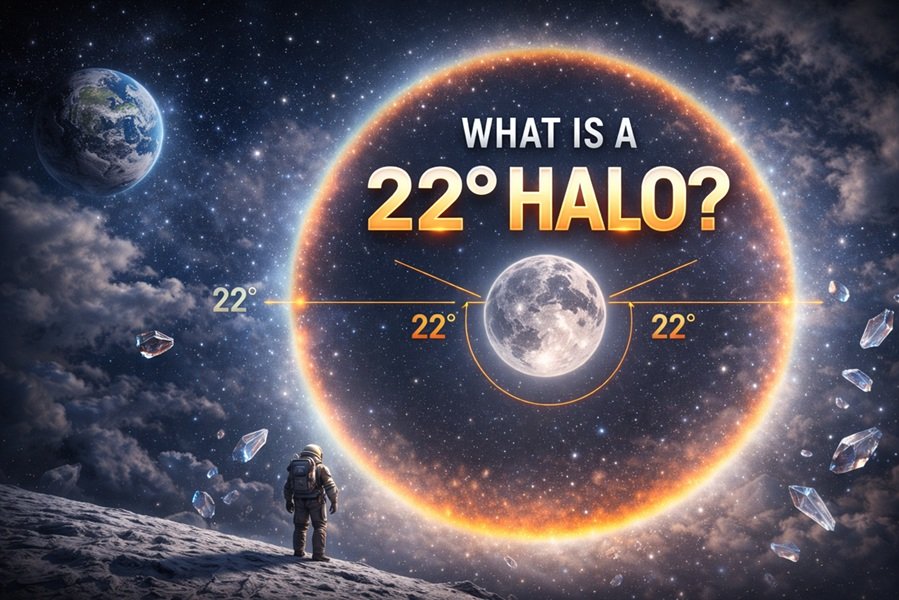
Introduction
When most people hear the word “desert”, they picture endless sand dunes, scorching sun, and camels trekking across the barren land. Naturally, many assume that the Sahara Desert in North Africa is the largest desert on Earth. But here’s a surprising truth:
The world’s largest desert is Antarctica.
Yes, the cold, icy expanse at the southernmost part of our planet is officially classified as a cold desert—and it’s nearly twice the size of the Sahara.
What Is a Desert?
Before diving into which desert is the largest, it’s essential to understand what qualifies as a desert.
Key Characteristics of Deserts:
- Low precipitation: Typically less than 250 mm (10 inches) of rainfall per year.
- Sparse vegetation: Limited plant life due to arid conditions.
- Extreme temperatures: Can range from scorching heat to sub-zero cold.
- Evaporation exceeds precipitation: More moisture is lost than gained.
So, deserts aren’t necessarily hot or sandy—they’re defined by dryness, not temperature.
The World’s Largest Desert: Antarctica
Location:
- Continent: Antarctica (Southern Hemisphere)
- Coordinates: Centered around the South Pole
Size:
- Area: Approximately 14 million square kilometers (5.4 million square miles)
- That’s about 1.5 times the size of the United States!
Climate:
- Cold Desert Climate (BWk) according to Köppen classification
- Average annual precipitation: Less than 50 mm (2 inches), mostly as snow
- Temperature: Can plummet below −80°C (−112°F)
Why Antarctica Is a Desert:
Despite being covered in ice, Antarctica receives very little precipitation, especially in the interior regions. Its atmosphere is extremely dry, and snowfall is rare—conditions that fit the definition of a desert perfectly.
Runner-Up: The Arctic Desert
Location:
- Encompasses parts of Greenland, Canada, Russia, Alaska, and surrounding Arctic Ocean
Size:
- Area: Around 13.9 million square kilometers (5.4 million square miles)
Like Antarctica, the Arctic is a cold desert, with low precipitation and permanently frozen ground (permafrost).
Largest Hot Desert: The Sahara
While Antarctica and the Arctic take the top spots due to their cold, dry conditions, the Sahara remains the largest hot desert in the world.
Location:
- Spanning across North Africa: Algeria, Chad, Egypt, Libya, Mali, Mauritania, Morocco, Niger, Western Sahara, Sudan, and Tunisia
Size:
- Area: About 9.2 million square kilometers (3.6 million square miles)
Characteristics:
- Sand dunes, rocky plateaus, and minimal rainfall
- Daytime temperatures soar above 50°C (122°F) in summer
- Famous for oases, nomadic tribes, and ancient trade routes
Desert Size Rankings (Top 5)
| Rank | Desert Name | Type | Continent | Area (sq km) |
|---|---|---|---|---|
| 1 | Antarctic Desert | Cold Desert | Antarctica | 14,000,000 |
| 2 | Arctic Desert | Cold Desert | Arctic Region | 13,900,000 |
| 3 | Sahara Desert | Hot Desert | Africa | 9,200,000 |
| 4 | Arabian Desert | Hot Desert | Middle East | 2,330,000 |
| 5 | Gobi Desert | Cold Desert | Asia (China, Mongolia) | 1,295,000 |
Other Notable Deserts
Arabian Desert:
- Spanning Saudi Arabia and nearby countries
- Home to Rub’ al Khali or “Empty Quarter,” one of the driest places on Earth
Gobi Desert:
- A cold desert with harsh winters
- Experiences snow and frost despite being dry
Kalahari and Namib:
- Located in Southern Africa
- Famous for unique wildlife and ancient sand dunes
Misconceptions About Deserts
- Myth: All deserts are hot.
- Fact: Many deserts, including Antarctica and the Gobi, are cold.
- Myth: Deserts have no life.
- Fact: Deserts host unique ecosystems with adapted flora and fauna, such as lichens in Antarctica and fennec foxes in the Sahara.
- Myth: Deserts are always sandy.
- Fact: Most desert terrain is rocky, gravelly, or icy—not just sand dunes.
Human Interaction with Deserts
Antarctica:
- No permanent population
- Scientific research stations from countries like the USA, Russia, and Australia
Sahara:
- Populated by nomadic tribes like the Tuareg and Berbers
- Rich in oil and mineral resources
Arctic:
- Indigenous communities like the Inuit
- Vital to climate research and geopolitics
The Future of Deserts and Climate Change
Climate change is impacting deserts in complex ways:
- Melting ice sheets in Antarctica could affect global sea levels.
- Desertification is expanding semi-arid areas like the Sahel.
- Biodiversity in desert regions faces increasing stress.
Understanding how deserts work helps scientists model Earth’s climate systems and predict long-term environmental shifts.
Conclusion
So, where is the world’s largest desert? It lies not under a blazing sun, but in the icy silence of the Antarctic. This cold, barren continent defies our stereotypical image of a desert yet remains Earth’s driest, windiest, and most extreme landscape.
Whether you’re fascinated by polar expeditions or African dunes, deserts are among the most mysterious and essential ecosystems on the planet.






